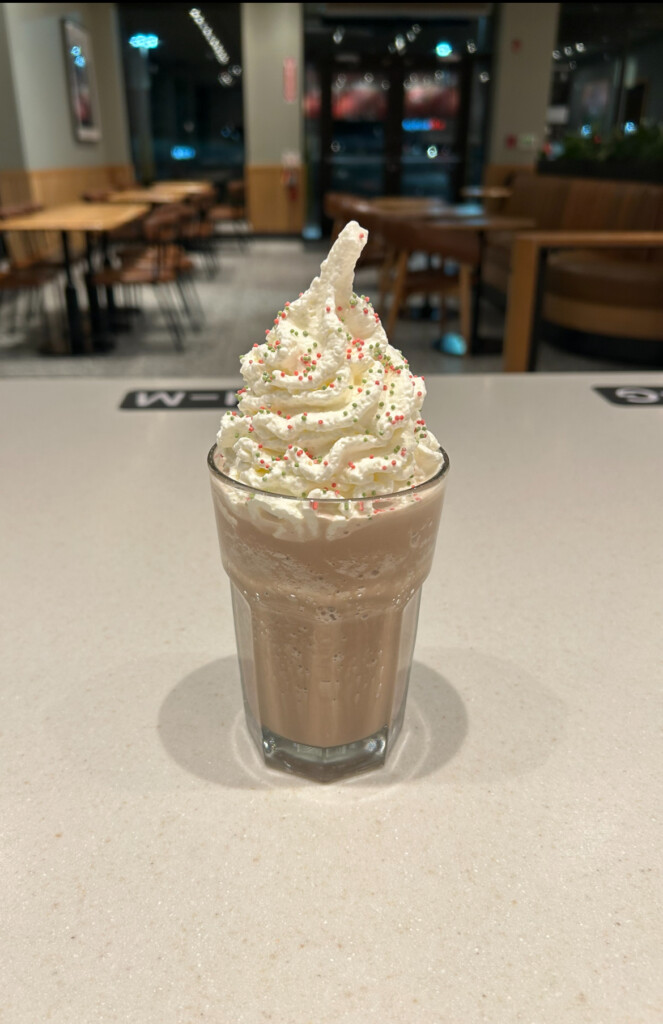Last Friday the George Eastman House opened a photo exhibit entitled ?Requiem: By the Photographers who died in Vietnam and Indochina.? It is a tribute to the art of war photography and the bravery of the men and women who lost their lives to bring us these images.
Upon entering the Eastman House, you approach a special complementary exhibit entitled ?The Girl in the Picture,? detailing the history behind the now-famous photo of a young, naked girl covered in napalm screaming in pain and terror as she flees her burning village. That young girl was Kim Phuc and the photographer was Vietnamese-born Nick Ut. Ut took the photo and then poured water from his canteen on Phuc?s burns, saving her life. Labeled ?The Terror of War,? the photo became a visual symbol for the anti-war movement, and won Nick Ut a Pulitzer Prize in 1973. A vivid display of the power of photography, a writer for London?s Observer described the photo as ?the most haunting image of the horror of war since Goya.?
The Requiem exhibit opens with the framed photos of 56 photographers who died or are missing in Vietnam and Indochina. All of the photos in the first room are in black and white, setting a solemn mood for the rest of the show. The photographers each focused on a wide array of the different aspects of the war and the countries they encountered. Everette Dixie Reese photographed the people and sites of Vietnam before they were devastated by war, and her photographs show a beautiful, serene and dignified side of Vietnam that isn?t captured in the other works.
All of the photos were thought-provoking individually, and left a lasting impression on the viewer, but some of the most impressive works were series of photos. Having multiple photos of the same subject created a sense of immediacy, and made it feel more like the viewer was a participant in the action, not just an impartial observer. Larry Burrows, a well-known photographer who covered the Vietnam War for ?Life? magazine photographed a series of four images of American Crew Chief James Farley over the course of a mission. The series begins with Farley smiling broadly as he prepared for the mission and ends with a shot of him weeping in frustration at the end of the mission. Henri Huet captured the efforts of a medic to tend to other wounded soldiers, even while he himself was so badly injured that he could barely peer out of one corner of the bandage that covered most of his eyes.
Everyone who visits this exhibit will have a few images that will stand out as being especially moving. In a photo taken near Ban Me Thuot, Vietnam in 1965, photographer Bernard Kolen-burg eloquently captures the hidden devastation war can inflict. A young child who was abandoned by his parents as they fled the area sits crying in the foreground while a group of soldiers stand in the background with their backs turned to him, paying no attention to his suffering.
?Requiem? is a stirring exhibit that encourages introspection on the part of its viewers, and is something that is not to be missed. The exhibit will be running at the George Eastman House from now until June 3, and admission to the Eastman House is $5 with UR ID.

